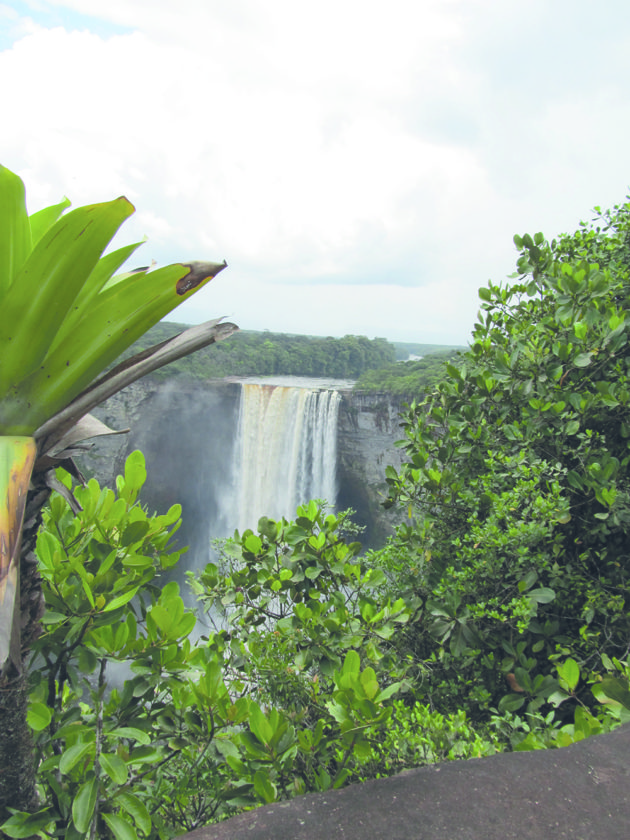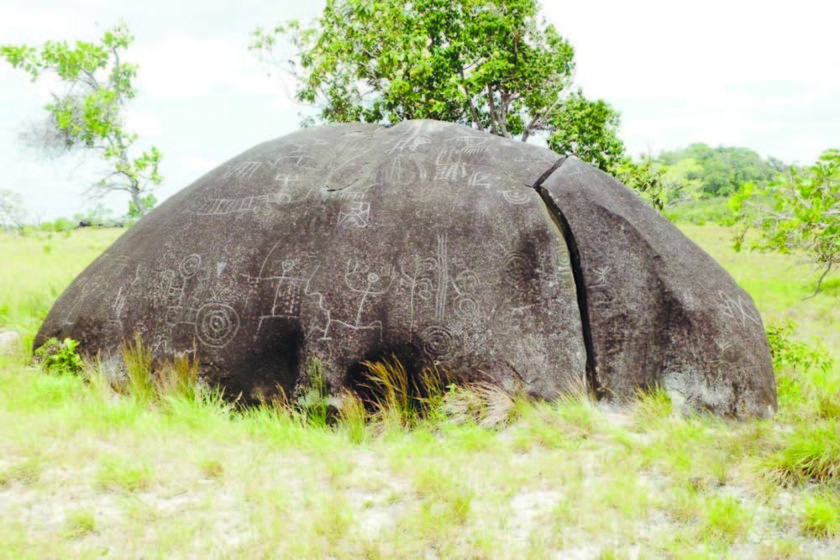Aishalton is about 110 kilometres south of Lethem, which is the main town of the region and can only be reached by 4-wheel drive vehicle or truck. In dry weather the journey takes about 5 hours, while in the wet season the road is often almost impassable.
Home to the Wapishana peoples, Aishalton is an Amerindian village situated in the Rupununi Savannah of southern Guyana, in the Upper Takutu-Upper Essequibo Region (Region 9). In 2002, an official census recorded a population of 1,063 people in the village, making it the second most highly populated village in the Region (after Lethem), and the most populated village in the southern sub-district.
The main religion in the village is Christianity, with the majority of inhabitants identifying as Roman Catholics and smaller numbers as Pentecostal Christians, Seventh-day Adventists and Anglicans. A very small number of people belong to Hindu and Muslim faiths. The principal economic activities in the village are farming, fishing, and forestry.
Makatau Mountain, which is situated approximately 3 km outside Aishalton village, is one of Guyana’s most well-known archaeological sites. It is particularly well known for the numerous petroglyphs (known locally as “timehri”) that are found on Makatau and on rock-formations in the surrounding area. In the 1970s, the Guyanese anthropologist, Denis Williams, undertook a detailed archaeological study of the area.





Aishalton Petroglyphs are scattered across the Aishalton district in the Rupununi, Savannah. Aishalton is one of the most populated settlements in the Upper Takutu-Rupununi region and serves as the administrative centre of the southern sub-district. Makatau Mountain, located some 3 kilometres (1.7 miles) from central Aishalton is one of the country’s most famous archaeological sites. Thousands of these petroglyphs which were pre-dated to 5000 BC illustrate the relationship the first people bore with their surrounding environment and with wild life.
Local cuisine is reflective of traditional Wapishana culture. Cassava is the main staple used in cooking, and is used to make cassava bread, a marinating sauce called cassareep, farine (similar to cous-cous), and an alcoholic drink called parakari. The production of parakari involves a complicated process with thirty different stages, and the use of a sophisticated fermentation technology. The fermentation of parakari involves the use of an amylolytic mold (Rhizopus), and it is the only known fermented drink to be produced by the indigenous peoples of the Americas that involves the use of an amylolytic process.
(Photos by Girendra Persaud and Visit Rupununi) (Guyana Times Sunday Magazine)



